Scopus Journal, or simply Scopus, is one of the largest abstract and citation databases of peer-reviewed literature in the world. It consists of scientific journals, books, conference proceedings, and many other publications. Any journal that’s indexed on Scopus would mean that it’s legitimate and many publishers aim to have their works published on Scopus for that reason.
If you’re writing a paper or doing a thesis, you might need data from Scopus Journal. It would be unwise to copy and download that data by yourself as it will be a time-consuming process. It’s best for you to use a web scraper bot to extract all of the information you need automatically.
Most websites have strict restrictions against the use of bots on their site, so you will need to pair your scraper bot with a Scopus Journal proxy. A proxy will handle all of your web requests for you which means that any website you visit will only be able to see the IP address of the proxy server and your own IP address will be hidden. By continuously rotating IPs, your bot would have a different IP address each time it sends a number of requests.
The best Scopus Journal proxies would be residential proxies as these types of proxies use residential IPs from actual devices from all over the world, which makes all of your scraper bot’s web requests look like they come from genuine users and not just from a single bot.
Let’s set up a Scopus Journal proxy server.
Note: Make sure that the web browser you’re using for Scopus Journal is set to automatically copy your computer’s proxy settings. Google Chrome automatically does this, so it’s recommended to use it.
For Windows:
To set up proxies in Windows, simply search for “Proxy Settings” in your windows search bar and open the search result.
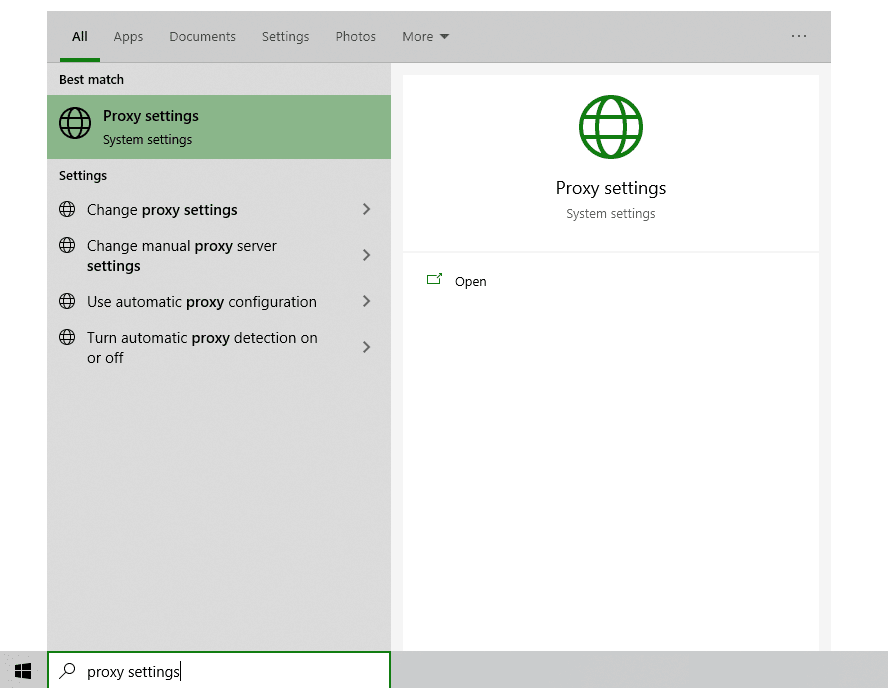
You are then given two options to choose from: Automatic proxy setup or Manual proxy setup. If you want windows to automatically detect your proxy settings, choose the first option. Choose the second option if you want to utilize a specific ip address and port number.
If you chose the first option, then:
- Turn on Automatically detect Settings
- Turn on Use setup script
- Enter the script address
- Click Save
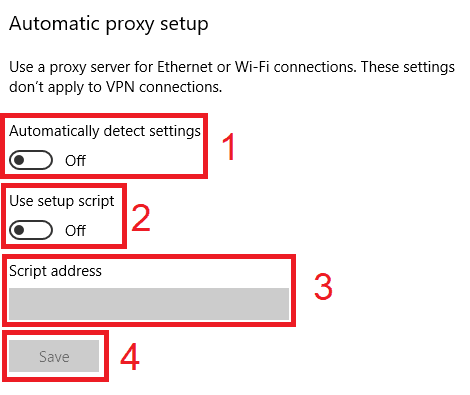
If you chose the second option, then:
- Turn on Use a proxy server
- Input both server address and port number
- If you have any addresses you would like to visit without a proxy, enter them here
- Turn on Don’t use the proxy server for local addresses check box if you want to access a local server without a proxy
- Click Save
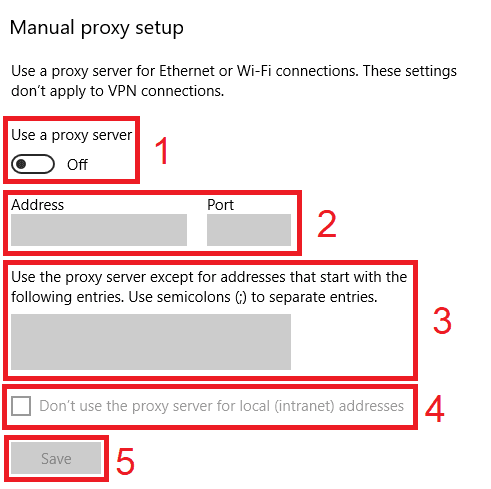
For Mac.
To start configuring your proxy settings in MacOS, simply:
Step 1. Click on the Apple Icon.
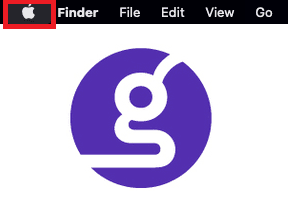
Step 2. On the drop down menu, click on “System Preferences”.
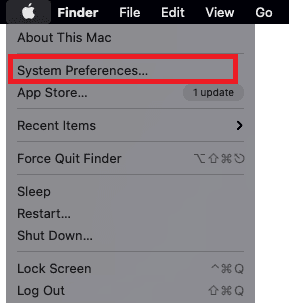
Step 3. Click on “Network”
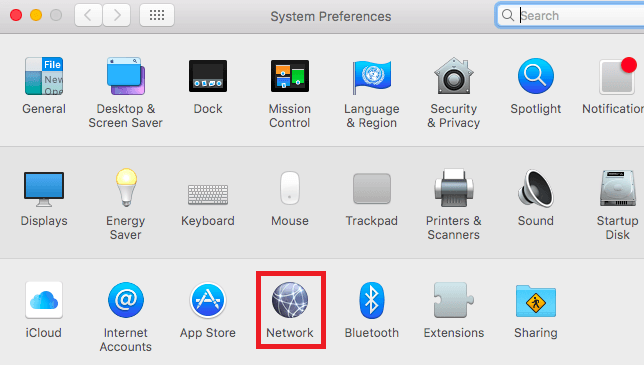
Step 4. Click on “Advanced”
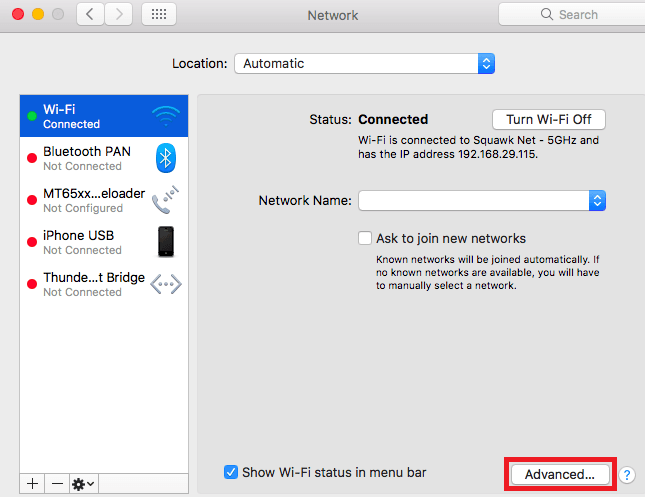
Note: Make sure to connect to your wi-fi first.
Step 5. Click on “Proxies”

This should then redirect you to MacOS proxy settings. MacOS is more straightforward compared to windows. You only have one option which is to manually configure your proxy server.
Here are the steps to follow:
- Select which proxy IP protocol you want to configure. This depends on which protocols your proxy service provider offers.
- Turn on Secure Web Proxy
- Input the Proxy Server Address and Port Number
- Click OK to save the configurations
Note: You may be prompted for your Mac user password to save your settings.
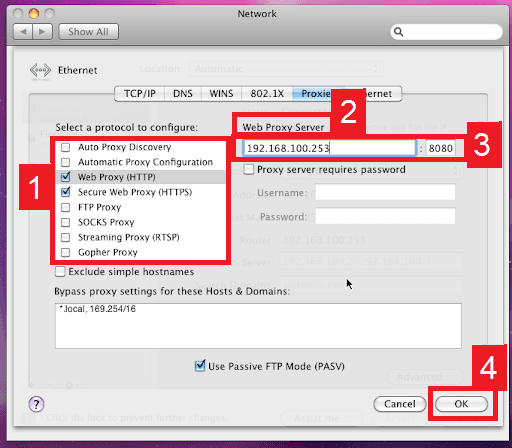 Image Alt Text: Configuring MacOS Proxy Settings
Image Alt Text: Configuring MacOS Proxy Settings
For Mobile:
To set up a Scopus Journal proxy server for mobile, simply change your phone’s proxy settings. The web browser you’re using for Scopus Journal will automatically copy your phone’s proxy settings whenever you use it. This is applicable for both Android and IOS.
Here’s a thorough guide for Android and another one for iPhone.
Congratulations! You have now finished configuring a Scopus Journal proxy server. Note that the first time you visit it, there will be a pop up asking for your login credentials.








 Image Alt Text: Configuring MacOS Proxy Settings
Image Alt Text: Configuring MacOS Proxy Settings